Ton J. Cleophas, A.H. Zwinderman, Toine F. Cleophas, Eugene P. Cleophas1402095228, 9781402095221
In 1948 the first randomized controlled trial was published by the English Medical Research Council in the British Medical Journal. Until then, observations had been uncontrolled. Initially, trials frequently did not confirm hypotheses to be tested. This phenomenon was attributed to little sensitivity due to small samples, as well as inappropriate hypotheses based on biased prior trials. Additional flaws were being recognized and, subsequently were better accounted for: carryover effects due to insufficient washout from previous treatments, time effects due to external factors and the natural history of the condition under study, bias due to asymmetry between treatment groups, lack of sensitivity due to a negative correlation between treatment responses etc. Such flaws mainly of a technical nature have been largely implemented and lead to trials after 1970 being of significantly better quality than before. The past decade focused, in addition to technical aspects, on the need for circumspection in planning and conducting of clinical trials. As a consequence, prior to approval, clinical trial protocols are now routinely scrutinized by different circumstantial organs, including ethic committees, institutional and federal review boards, national and international scientific organizations, and monitoring committees charged with conducting interim analyses. The present book not only explains classical statistical analyses of clinical trials, but also addresses relatively novel issues, including equivalence testing, interim analyses, sequential analyses, meta-analyses, and provides a framework of the best statistical methods currently available for such purpose. This book is not only useful for investigators involved in the field of clinical trials, but also for students and physicians who wish to better understand the data of trials as published currently.
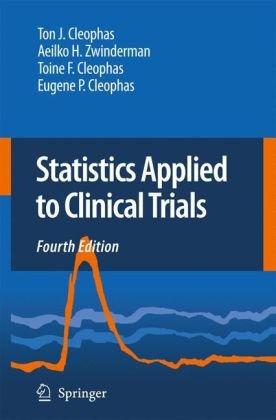
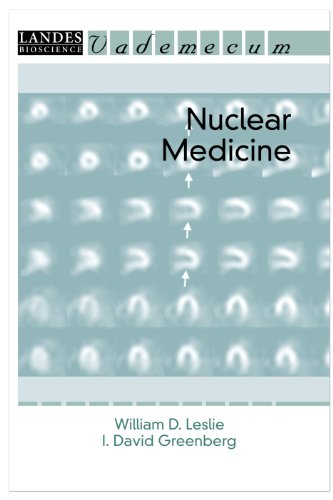
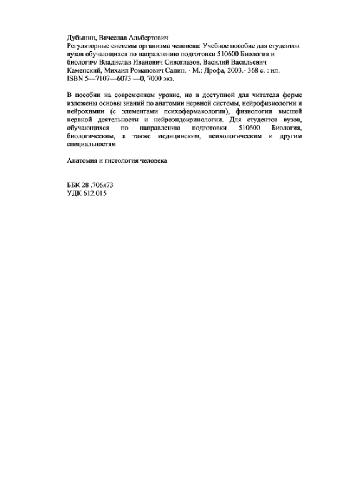
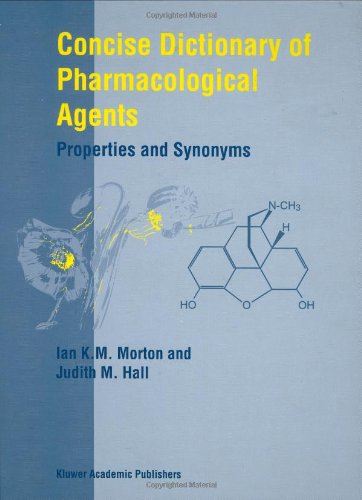
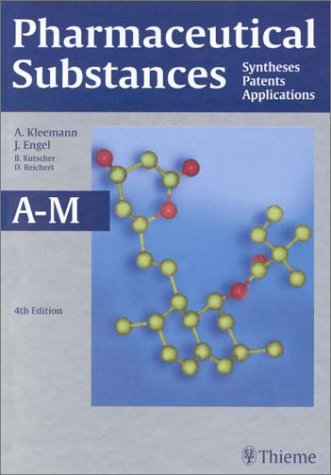
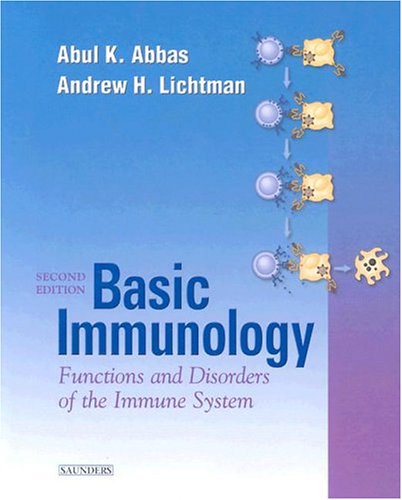

Reviews
There are no reviews yet.